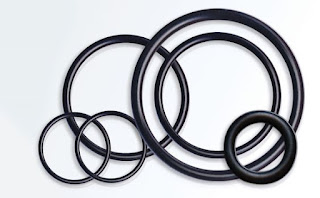Sealing Solutions Made Simple with High-Quality O-rings

O-rings are a type of mechanical seal commonly used in industries such as automotive, aerospace, and plumbing to prevent leaks between two surfaces. They are circular rings made from materials such as rubber, silicone, or Viton that are placed in a groove on one of the surfaces to be sealed. The other surface is then pressed against the O-ring, creating a tight seal that prevents any leakage. The effectiveness of an O-ring depends on a number of factors, including the material it is made from, its size and shape, and the amount of pressure applied to it. Different materials are suitable for different applications, with rubber being the most commonly used material due to its flexibility and durability. When selecting an O-ring, it is important to consider the temperature range, chemical compatibility, and pressure rating of the material. Viton, for example, is a popular material for O-rings used in high-temperature applications, as it can withstand temperatures up to 400°F. On the ot